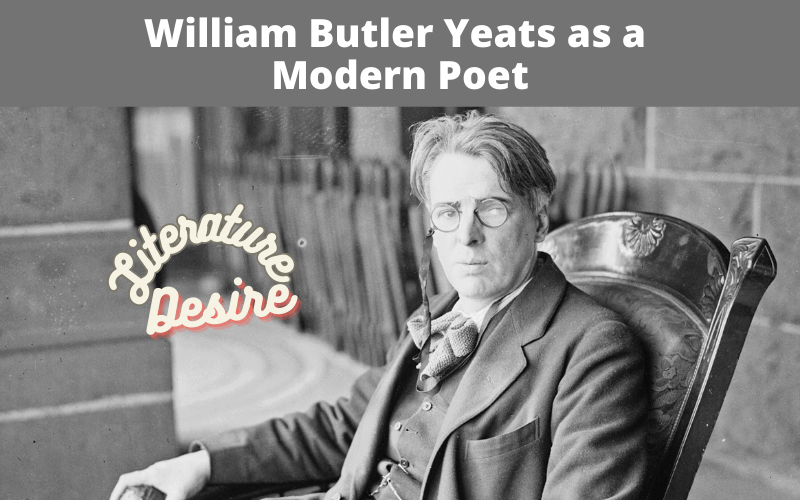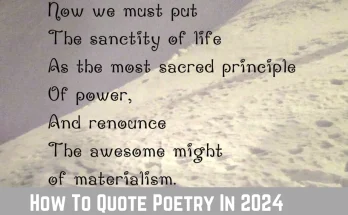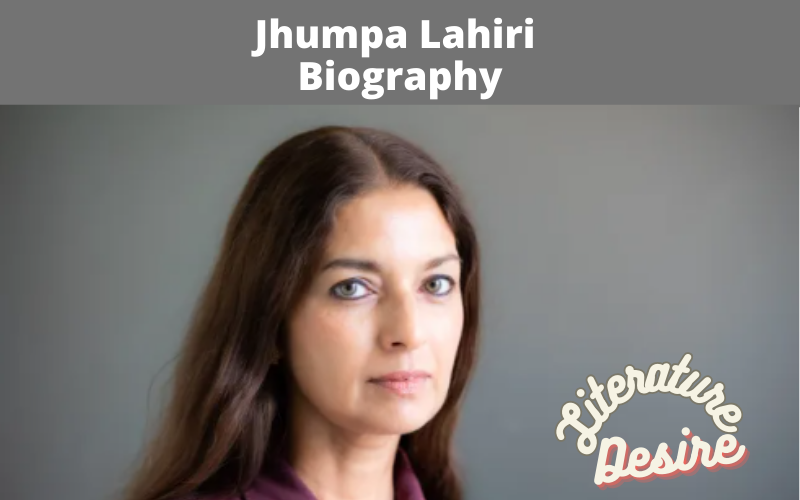William Butler Yeats, one of the modern poets, encourages his contemporaries as well as successors, such as T.S. Eliot, Ezra Pound, and W.B. Auden. In Yeats’ poetry, we can see a theme of love. The dominant theme in his works is modernism. Irish Nationalism and mysticism are other themes that can be seen in the works of W.B. Yeats. Here we are going to direct our focus at William Butler Yeats as a Modern Poet.
The literary career of W.B. Yeats started as a romantic poet and progressively advanced into a modernist poet. Like all modern poets Yeats laments for the post-war modern world.
As a modern poet, Yeats is anti-rationalist in his attitude which is voiced through his desire for spirituality. He is a projecting and dominant poet in modern times.
William Butler Yeats as a modern poet
A relative study of Yeats with his contemporary poets will let us know how Yeats is important to other poets. Two prominent contemporary poets are Yeats and Eliot and many believe that Yeats is the seed of modernism while Eliot is the tree of that seed. Eliot has a pronounced inspiration for Yeats. The commonality to a certain level is found in Yeats and Eliot.
Both are deeply attentive to the history of man and of the soul in eternity. History, according to both poets, is an image of the soul. Lamentation for the past is another important similarity of Yeats with other modern poets such as Eliot, and Pound.
They incline to escape from contemporary depressed circumstances toward an illusionary Eden. If we see, Yeats varies from Auden in this regard, because Auden celebrates, in his poetry, all the sick conditions of his time.
William Butler Yeats as a modern poet:
Like T. S. Eliot, Yeats, is a demonstrative modern poet and offers the spirit of the age in his poetry. To illustrate the apprehension of modernity he also employs the use of myth, symbolism, juxtaposition, colloquial language, and literary allusions as a poetic device just like Eliot uses.
People got completely traumatized and they grieved from frustration, boredom, fretfulness, and lonesomeness after the World war-I. A diverse type of landscape has been used by Yeast to represent the spiritual and psychological states of modern man.
Analysis of his poems:
For a better understanding and to trace out modern elements we are going to discuss some poems by W.B. Yeats.
An influential manifestation of Yeats’ distress fronting old age can be seen at the beginning of “Sailing to Byzantium”:
“That is no country for old men. The young/ In one another’s arms, birds in the trees/ Those dying generations – at their song.”
There is no place for old things according to Yeats in his poems. He perceives old age as a representation of the dictatorship and cruelty of time. Rage against the restrictions and boundaries of age and society upon an old man arises frequently in his poetry.
In “Among School Children” Yeats contemplates himself a comfortable figure. The heart becomes ‘comprehending’, unfortunately, attached to a ‘dying animal’. In “The Tower”, Yeats calls the aged body an ‘absurdity’.
In the poem “A Prayer For My Daughter”, Yeats desires for some abstract qualities for his daughter with those special qualities she will be able to face the upcoming challenges of the future. Yeats, in the poem, is praying not only for his daughter but also for all people of the coming generation.
“The Second Coming”
“The Second Coming” is an excellent and fantastic example of Yeats’ modernism. In this poem, Yeats reveals the modern confusion and disorder situation after World War I, and that he wants to escape from this brutal situation.
The opening lines of the poem deliver the message about the present situation.
“TURNING and turning in the widening gyre/ The falcon cannot hear the falconer;/ Things fall apart; the center cannot hold;/ Mere anarchy is loosed upon the world,”
First of all, in this poem, the image that is presented is an image of disaster and adversity; a falcon cannot perceive the call of security and begins to spiral more out of control. The falcon here represents civilization and is not able to listen to intellect. The center is powerless to hold its own.
As a result of this breakdown, there is a kind of widespread anarchy bringing with it a lot of bloodshed. Also, things are falling apart. Religion is also affected by such type of wicked conditions that Yeats believes much chaos has arrived in Christianity. The effect of religion has been lost and now it is near to end. Sadly, Yeats says, there is a lack of belief in the good people.
While the bad hunt their wicked ends with passionate strength. The second coming is about to come. This coming prophet will be the prophet of devastation. The falcon, signifying intellectual authority, has got free of the grip of the falconer, and represents the heart or soul.
Sense of Humanism:
In “Easter 1916”, we can see the sense of humanism which is another modern peculiarity in literature. A gloomy shadow is cast by the horrible effects of war on the poetic emotional response of the modern poets. The cruel actualities of life flagged the way of humanitarian aspects in modern literature. Yeats’ poetry also flourishes in humanism. If we analyze this poem, we can see that he feels even for his rival. He says:
“He had done most bitter wrong/ To some who are near my heart,”
Use of Symbols by W.B. Yeats:
Yeats uses symbols that are another modern characteristic in his poetry. He uses complex and rich symbols. He is the leading representative of the Symbolist Movement. Yeats magnets his symbols from Irish folklore and mythology, philosophy, metaphysics, occult, magic, paintings, and drawings.
He compresses several allusions into a single symbol. His symbols are all universal key symbols. His key symbols shed light on his previous poems and “illuminate their sense”. ‘The Rose’, ‘Swan’, and ‘Helen’ are his key symbols. According to Yeats, symbols give ‘dumb things voices, and bodiless things bodies’ in poetry.
Conclusion (William Butler Yeats as a Modern Poet)
As we have discussed the use of modern elements in Yeats’s poetry, we can accurately say that Yeats is one of the celebrated modern poets, who flourished at the beginning of the twentieth century and fashioned their own style of poetry in order to illustrate their discontent with the world.



